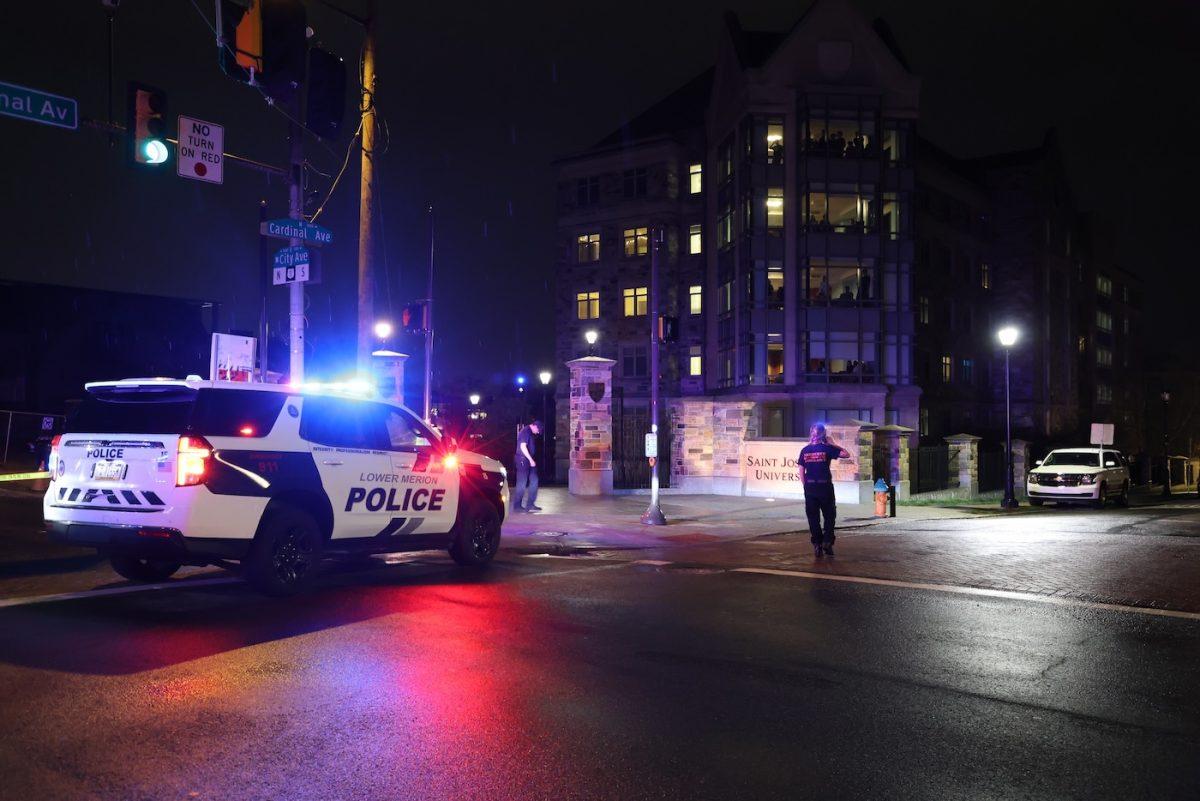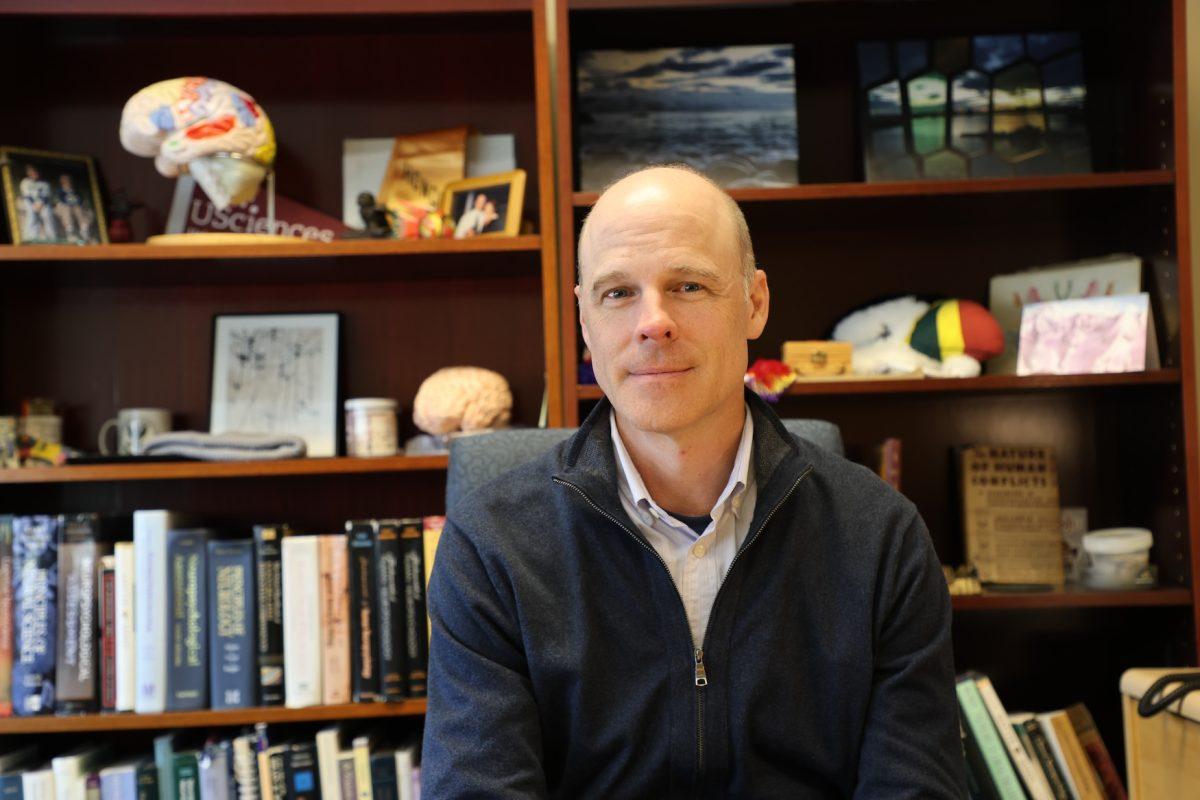Daylight saving time for 2022 began in Pennsylvania at 2:00 a.m. on March 13 and will end at 2:00 a.m. on Nov. 6.
Why do we have daylight saving time?
Daylight saving time first started with the Uniform Time Act of 1966, which established dates for daylight saving time. A state could choose to stick to year-round standard time but had to do so statewide.
Hawaii and Arizona, with the exception of the Navajo Nation, along with U.S. territories like Puerto Rico and American Samoa, use standard time year round.
The U.S. Department of Transportation cites saving energy as the main reason why daylight saving time is observed. During daylight saving time, the sun sets one hour later in the evenings, so the need to use electricity is reduced. According to the Department of Transportation, because people are driving more during daylight hours, daylight saving time saves lives and prevents traffic injuries. It also reduces crime because more people are out during the daylight rather than at night.
What is the bill making daylight saving time permanent?
On March 14, the U.S. Senate unanimously passed bill H.R.69, also called the Sunshine Protection Act of 2021. This bill would make daylight saving time the new and permanent standard time, removing the need to change the clocks twice a year.
States that are currently exempt from daylight saving time may choose to remain on standard time. The bill was first introduced in the House of Representatives by Florida Rep. Vern Buchanan on Jan. 4, 2021.
Why is daylight saving time being removed now?
Lawmakers have questioned the necessity of daylight saving time and brought attention to the problems it creates.
In 2020, the American Academy of Sleep Medicine presented evidence that sleep loss from the changing of clocks from standard time to daylight saving time brought with it “significant public health and safety risks,” including increased physical health risks, such as strokes, and mental health risks, such as seasonal depression. The report also found that daylight saving time actually increased traffic accidents by around 6% in the first few days after the switch.
What is happening with the bill moving forward?
Before the bill can be signed into law by President Joe Biden, The House of Representatives must pass it first. The House previously held a committee hearing on the matter to review the bill, and moved the bill to the Senate for the Senate to review first. If the bill is passed by the House and signed by Biden, it will go into effect in 2023.




































